For some plants, you can plant them in any season, and they will bloom. However, it would require a little carefulness to achieve your desired result for others.

Like daffodils and other bulbs, hyacinth is one bulb that would do exceedingly great if you plant it in the fall.
But here is another thing, since it requires a bit of carefulness, you would need to understand the best way to plant hyacinth in the fall for fabulous spring blooms.
So, let's find out everything we need to know about hyacinth.
Jump to:
- Facts About the Hyacinth Plant
- Why Planting Hyacinth In The Fall Is A Sure Way To Successful Blooming?
- Best Way To Plant Hyacinth In The Fall For Fabulous Spring Blooms
- Plant at the right time
- Choose the right soil
- Plant on the right spot
- Let the pointy part of the bulb face up
- Water the soil thoroughly
- Add some extra nutrients
- Control pests and diseases
- Further tips
- When Will Hyacinths Bloom After Considering All These?
- Conclusion
Facts About the Hyacinth Plant
| Scientific name | Hyacinthus |
| Common name | Hyacinth |
| Kingdom | Plantae |
| Family | Asparagaceae |
| Varieties | Blue, pink, pearl, Harlem |
| Type of plant | Flower |
| Season of plant | Perennial |
| Hardiness zone | 3, 4, 5, 6-9 USDA |
| Blooming season | Spring |
Hyacinth is a spring-blooming flowering plant known for its captivating scents and many colors. Hyacinth is an easy-to-grow flowering plant that does not require much attention after planting.
Research even proves that hyacinth is easier to plant compared to other bulbs. Hyacinth blooms for about 2 to 3 weeks, which is more encouraging than other bulbs.
If you have wondered why a hyacinth bulb does so well when you plant them in the fall, read on to find out!
Why Planting Hyacinth In The Fall Is A Sure Way To Successful Blooming?
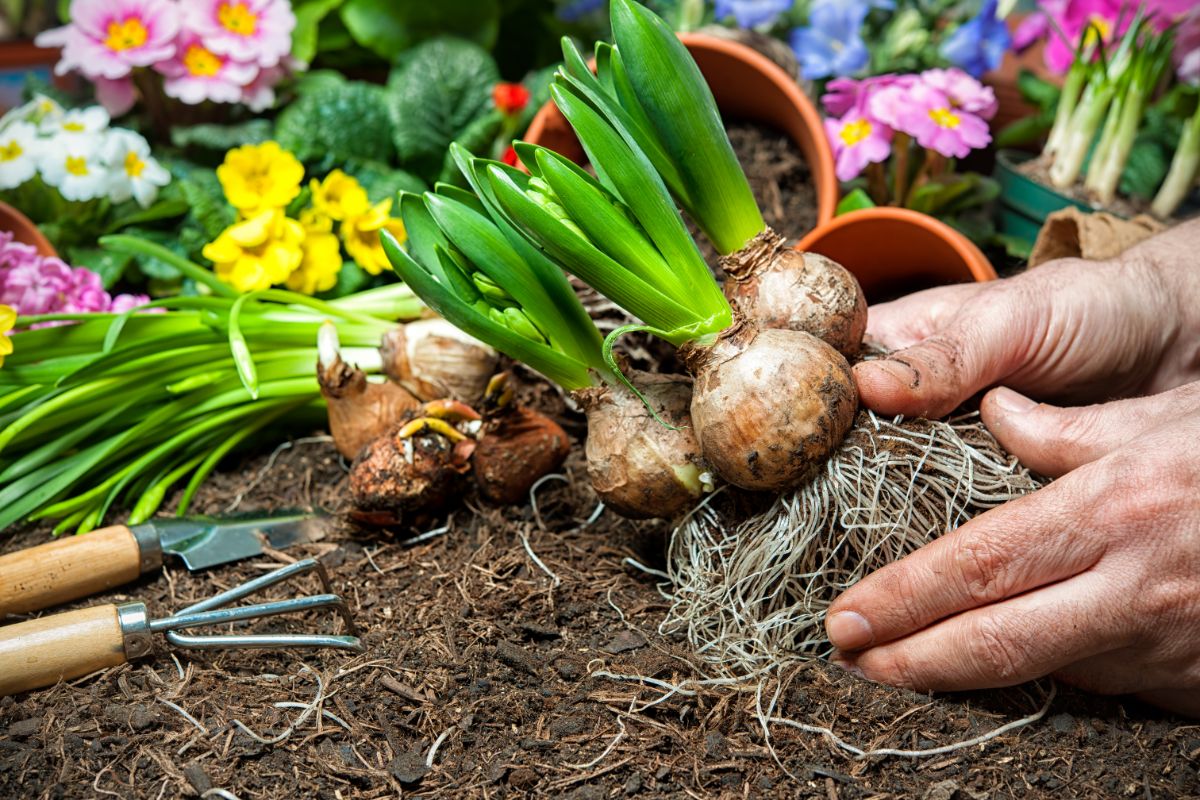
Hyacinth blooms when you plant them in the fall because, like many flowering plants, the life of hyacinth begins as bulbs.
It is best to plant hyacinth during the fall, so ensure you do not plant the bulbs during the growing season.
Planting hyacinth in the fall is a sure way to successful blooming because the fall gives room for colder temperatures.
The ideal soil for hyacinths is sandy or loamy soil. And this is so because the soil is moist enough to offer hyacinth the moisture it needs for its development. The fall gives room for the bulbs to get comfortable in the ground before it sprouts growth.
Note: Although hyacinth needs to be planted in moist soil, it does not require the ground to be too wet. Be careful not to plant the bulbs later during the fall.
For best results, plant the bulbs from early to mid-fall; that way, you're sure your tender bulbs will not end up in soggy soil.
Are you ready to learn the best way to plant hyacinths in the fall for fabulous blooms? Well, let's find out now!
Best Way To Plant Hyacinth In The Fall For Fabulous Spring Blooms
Plant at the right time
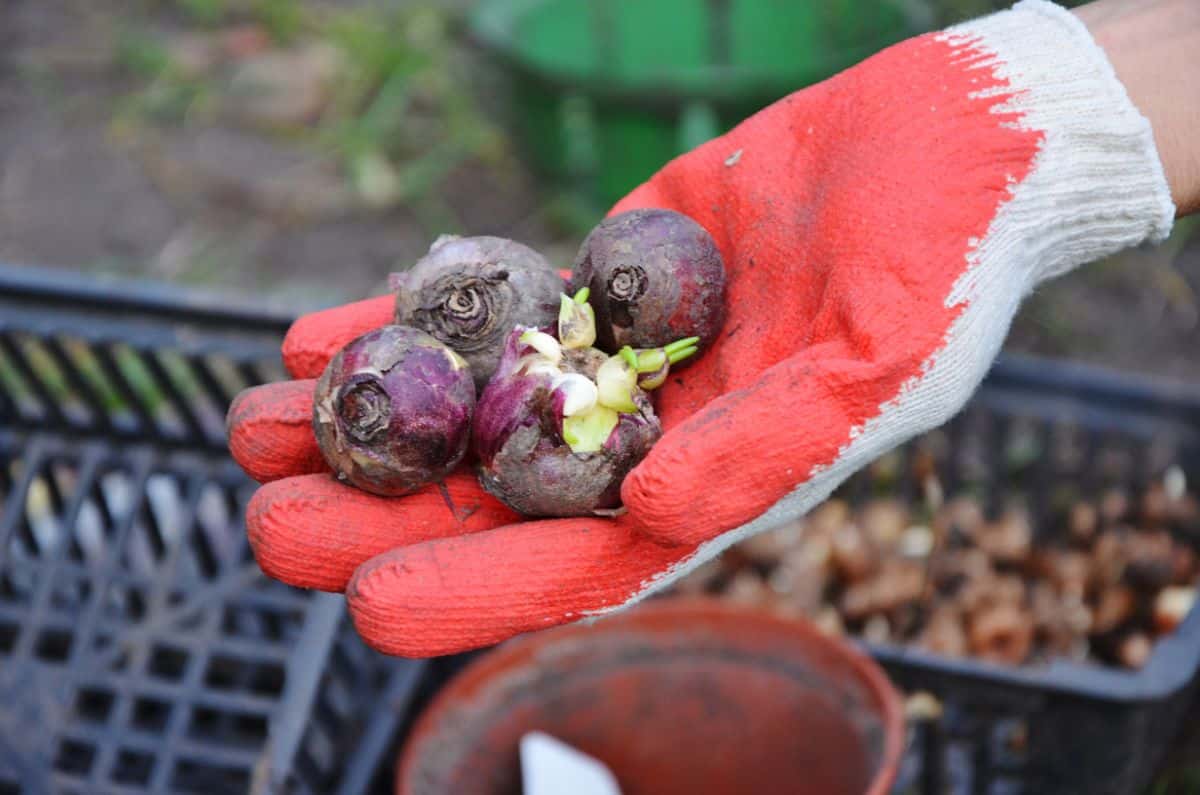
We cannot over-emphasize the need to plant hyacinth at the right time. Planting at the right time only guarantees to bloom during the spring.
Generally, it is ideal for all fall bulbs to be planted as soon as the ground is excellent, significantly when the temperature ranges from 40 degrees to 50 degrees Fahrenheit.
By doing this, you are giving the bulbs to stay rooted in the soil before frost. So, the best way to plant hyacinth is to grow it at the right time for a fabulous bloom.
Choose the right soil
The soil is another leading factor when looking for the best way to plant hyacinth. The tender bulb doesn't need heavy soil.
Heavy soil does not have enough drainage, which would host more water than nutrients, leading to root rot.
So, whether loamy or sandy soil, ensure that you use light soil. This way, there is enough water drainage, and your hyacinth would not go through rot.
Pro tip: if, for anything, the soil is heavy, you can improve the drainage by mixing the soil with compost. Aged manure is fit to do the magic.
Plant on the right spot
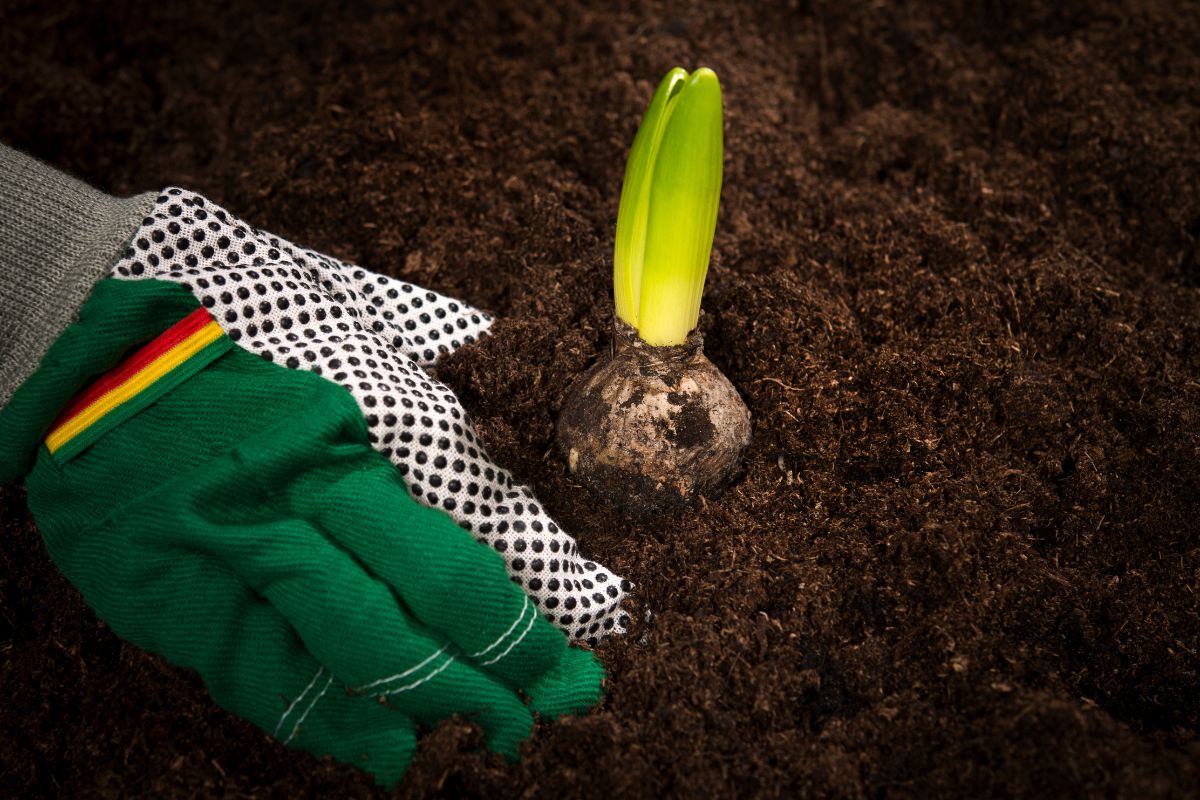
Another best way to plant hyacinths in the fall for fabulous blooms is to plant them in the right spot. Growing in the right place entails keeping the hyacinth where it would get enough sunlight without suffering from the scorching sun.
It must be moderate. So, please do not settle for less light because hyacinth needs full sun to bloom fabulously during the spring.
Let the pointy part of the bulb face up
Many people would plant the bulb, allowing the pointy part to face up because that is where the shootout begins.
So for the best result, plant the bulbs having the pointy part face up so you can see the shoot between 3 to 5 days.
Water the soil thoroughly
We cannot talk about the best way to plant hyacinths in the fall for fabulous blooms and not talk about watering the soil.
Unlike the established flowers, fall bulbs require enough water to form roots immediately.
Remember that your hyacinth needs all the nutrients it can get to bloom during the spring. So, you would need to water the soil. After all, hyacinth does well with a relatable amount of water.
You do not want to end up with soggy soil. However, ensure you do not over-water the soil. Over-watering will only lead to root rot, which then affects the growth of the hyacinth from the fall to the spring.
Add some extra nutrients
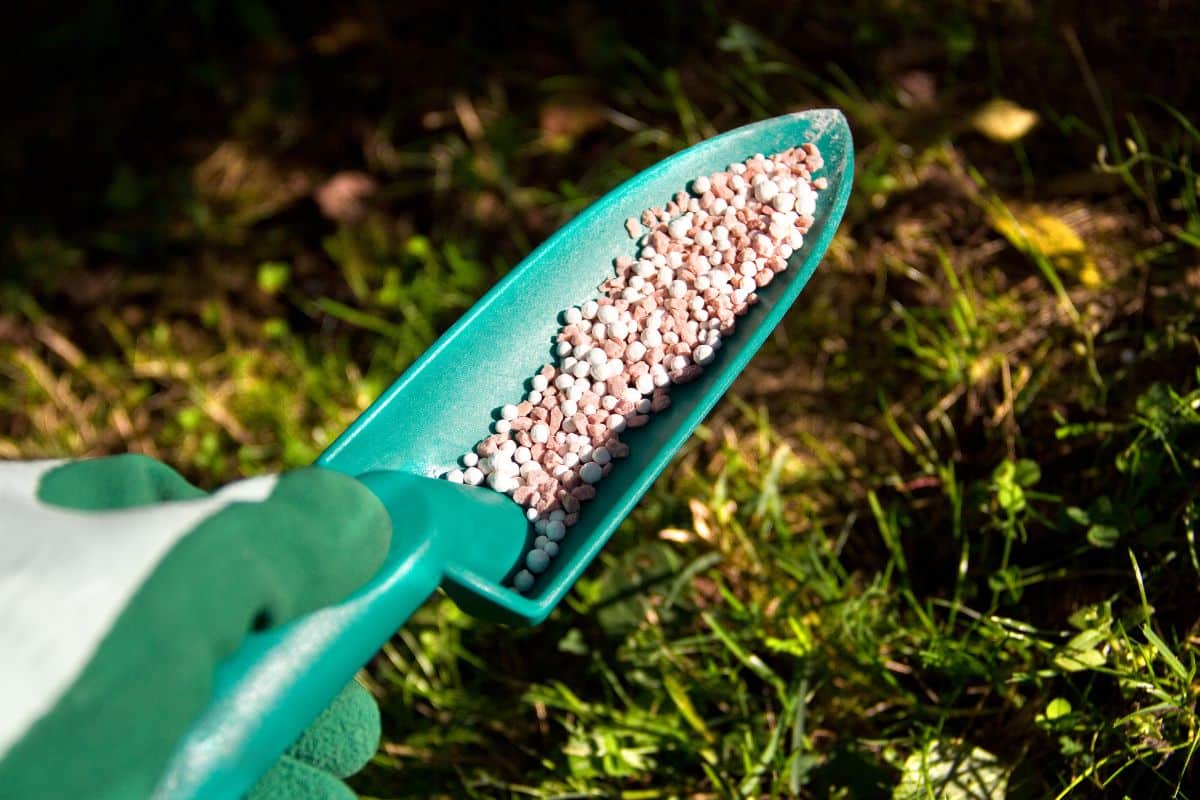
Sun and water are not the only best condition to offer your bulbs in the fall for fabulous bloom. So, what else can aid in its healthy growth?
Add some extra nutrients, which are fertilizer. You must feed your bulbs with the fertilizer that adds to their nutrients. The fertilizer will help them produce roots on time.
Adding fertilizer will make the bulbs have more robust roots.
Control pests and diseases
It is possible to have all the above carefully followed. However, pest and disease infestation could render your genuine efforts futile.
So, look out for pests and diseases. Gray mold (botrytis) is a fungus that can feast on your aromatic flowering plant when there is enough room for it.
What causes gray mold? Once there is too much moisture, the situation calls for gray mold. Other times it is because of poor, drained soil.
Signs that there is gray mold infestation on your hyacinth: if there are gray mold infestations, one notable sign of it is white spots on the leaves. After some time, the white spots would turn grey and then brown.
You can control gray mold by removing the infected plants. You can also spray fungicide on the remaining plants.
Further tips

You must apply a few does and don'ts when trying to grow spring flowers, and hyacinth is not exempted. Now that we have treated all the things you must put in place, let's learn a few mistakes you should not make.
· Try not to over-water your hyacinth. Remember, excess water will result in root rot. However, if you sense dryness or even drought, try watering the soil. It is ideal for keeping it moderate, which leads us to the next point.
· Do not underwater the bulbs. Just because it does not need too much water does not mean you would not water it thoroughly.
· For best results, let the leaves stay on the plant for six weeks after they bloom.
· Try to use mulch to protect your bulb from too much sunlight. It also helps to maintain some level of moisture in the soil.
· Constantly check your bulbs against pests and diseases.
When Will Hyacinths Bloom After Considering All These?
Hyacinths should start blooming from mid-spring. The blooming would last about two weeks. But this will heavily depend on the weather.
What if you have your hyacinth indoors? How do you make it grow the best way for a rewarding result? Well, read on to find out!
Even if you raise your bulbs indoors, you still have the chance to grow them the best way. You would have to follow an easy guide.
Here is what you should do if you are considering planting the bulb with soil and fertilizer
· Just as you would do when it is outdoor planting, plant the bulbs in a pot of soil to ensure their tips are pointing out. However, try not to put the bulbs deeply in the soil just as you would when you are planting the bulbs during outdoor planting.
· Since hyacinth does well in cool temperatures, please leave them in a cool place for at least ten weeks for speedy growth. The bulbs would require temperatures between 40 degrees and 45 degrees.
· When you see a shootout, you can gradually remove the pot from the calm place and introduce it to the sun until the bulb gets used to it.
· Water the soil carefully; however, the soil should not be wet. At this point, you can transplant the plant into the garden.
Conclusion
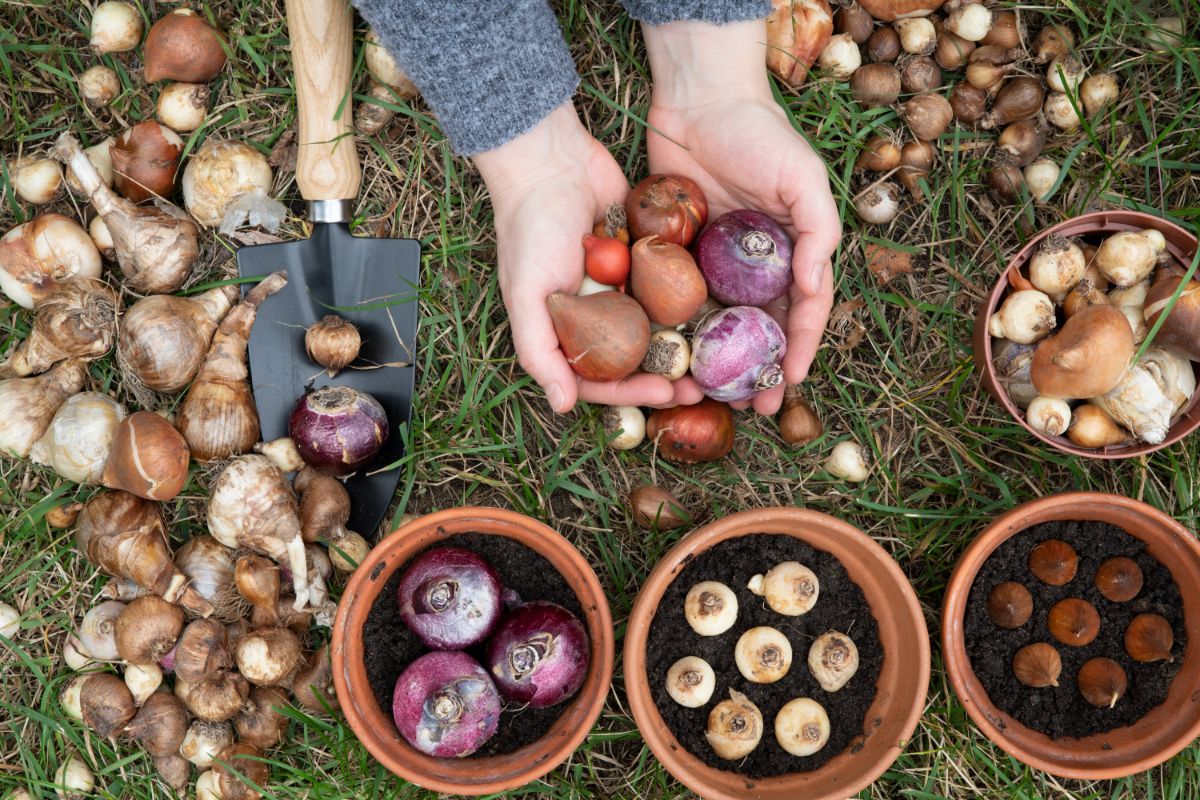
These are the best way to plant hyacinths in the fall for fabulous spring blooms. Hyacinth, like other spring flowers, needs a step-by-step guide that would lead to a healthy blooming.
Failing to consider all these might lead to pest or disease infestation or even other damages.
Hyacinth is an easy-to-grow flowering plant that anybody can quickly get familiar with. But this does not mean it does not require some level of attention.
We hope you can follow this guide thoroughly to bloom your hyacinth successfully.




